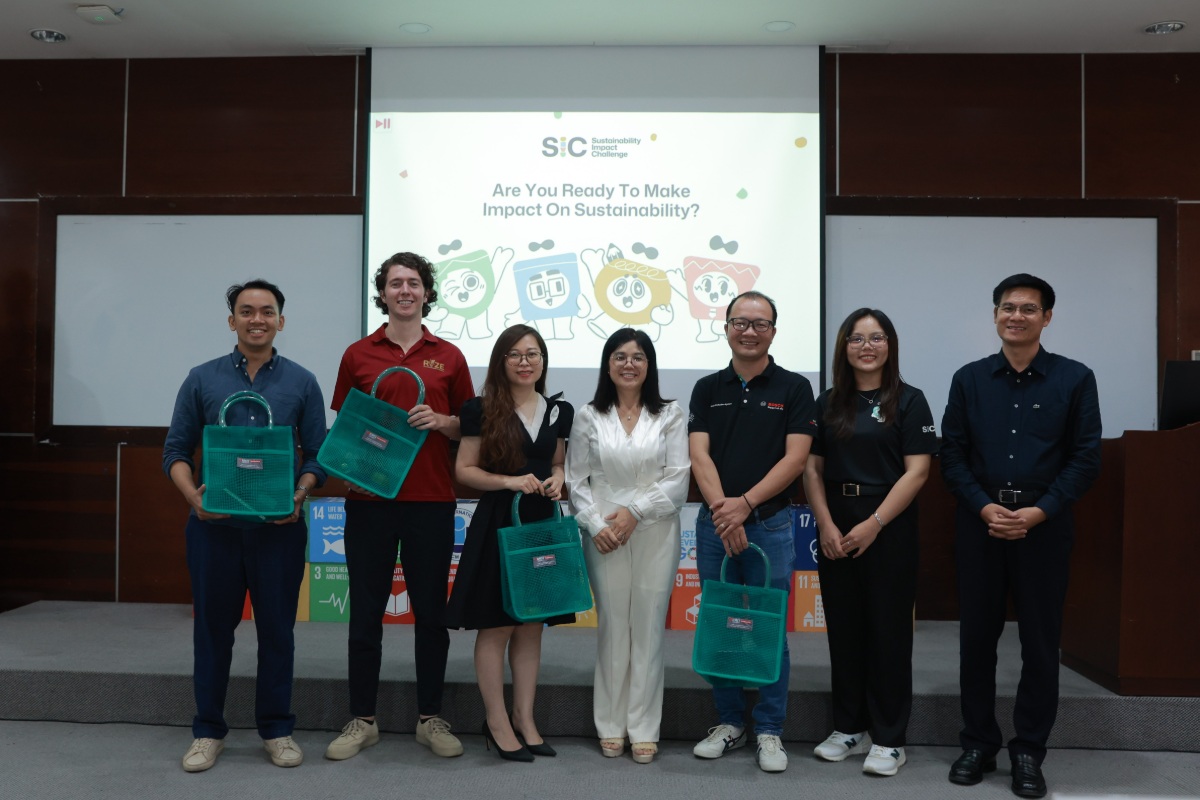Another key feature may be to target green certifications, such as LEED (Leadership in Energy and Environmental Design) or EDGE (Excellence in Design for Greater Efficiencies) issued by the Green Building Certification Institute (GBCI), demonstrating compliance with environmental standards and sustainable practices.
Beyond the obvious environmental aspects, SIPs/EIPs may aim to contribute to social development by providing job opportunities, enhancing skills training, and improving on-site living conditions for workers.
They can also collaborate with various government ministries, private sector stakeholders, international organisations, and local communities to jointly implement sustainability initiatives, share best practices, and promote innovation.
Why invest in sustainable industrial parks?
Investing in SIPs/EIPs in Vietnam offers advantages for investors, blending financial gains with sustainable development.
On the financial front, investors in these parks may reap the rewards of diverse incentives, tax benefits, and government support. These can include reduced land lease rates, tax exemptions, favourable loan terms, and grants aimed at supporting eco-friendly technologies.
Investors also stand to gain access to potential green financing options and sustainable investment funds, developing multiple avenues for growth.
Sustainable eco-industrial parks place a premium on resource efficiency and waste reduction. This can help ensure substantial, long-term cost savings as in the Kalundborg example provided earlier.
Moreover, conforming to international environmental standards also enhances an investor's global reputation and facilitates engagement in markets with stringent environmental regulations.
Committing to eco-friendly practices not only underlines an investor's dedication to corporate social responsibility and sustainability but also enhances their brand image. This can potentially broaden their market reach and bolster sales figures.
Ultimately, involvement in SIPs/EIPs builds community engagement and strengthens stakeholder relations, creating potential synergies and mutual support among the diverse entities involved.






